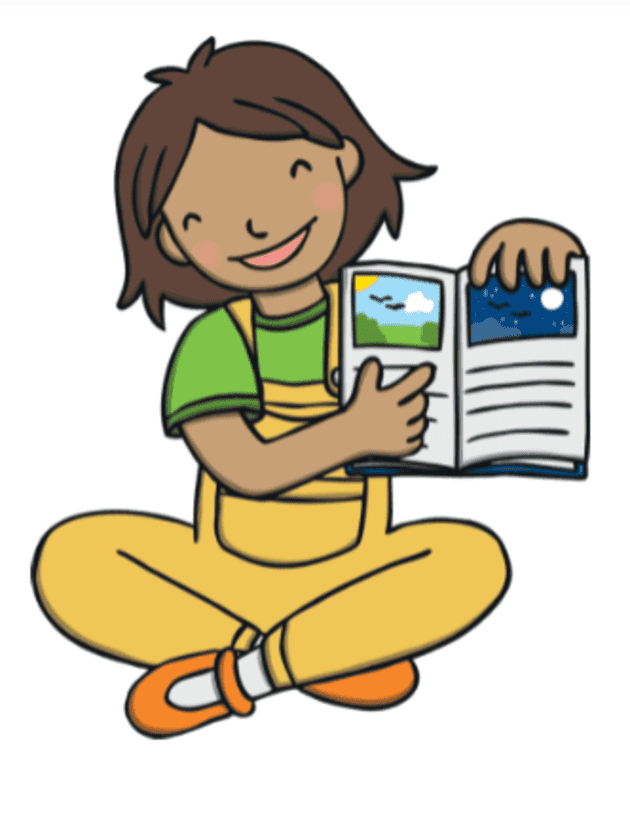Introduction
Although grammar is the foundation of all languages, learning and teaching it can occasionally feel boring and uninteresting. However, the process becomes enjoyable and captivating when creative story writing is combined with grammatical instruction. This method simultaneously develops creativity and enhances writing abilities while making grammar fun.
1. Why Combine Grammar and Story Writing?
By incorporating language into narrative writing, rules become more memorable and accessible by providing a context for their use. This is the reason it works:
- Engagement: Narratives hold readers’ interest longer than memorization drills.
- Practical Application: Learners witness the practical application of grammar rules.
- Creativity Boost: Storytelling is a way to express oneself and work on language.
2. Key Grammar Concepts to Teach Through Stories

a. Sentence Structure
Stories provide a platform to practice constructing meaningful sentences.
- Example Activity: Write a story where each sentence alternates between simple, compound, and complex structures.
b. Tenses
Introduce past, present, and future tenses by framing narratives around events that span different timelines.
- Example Prompt: Write a story about a time traveler visiting the past, present, and future.
c. Parts of Speech
Challenge learners to create stories using specific parts of speech, such as adjectives for descriptions or adverbs for actions.
- Activity Idea: Write a story where each paragraph highlights a different part of speech.
d. Punctuation
Stories can teach punctuation through dialogue and sentence variation.
- Example Prompt: Write a story involving a conversation between two characters, focusing on correct punctuation for dialogue.
3. Story Writing Activities to Make Grammar Fun
Activity 1: Grammar Treasure Hunt
- How It Works:
- Assign students to pretend to be “Grammar Detectives” who identify mistakes in their friends’ narratives and recommend fixes.
- Objective: Improve grammatical accuracy and editing abilities.
Activity 2: Mad Libs Story Creation
- How It Works:
- Prepare a story outline wiMake a story outline with spaces for adjectives, verbs, nouns, and other words.
- After choosing their own words to fill in the slots, students read aloud from their stories..
- Objective: Have fun while reinforcing knowledge of speech elements.
Activity 3: Role Reversal Stories
Assign students to pretend to be “Grammar Detectives” who identify mistakes in their friends’ narratives and recommend fixes.
Objective: Develop editing skills and enhance grammatical accuracy.
Activity 4: Sentence Stretch Challenge
- How It Works:
- Begin with a straightforward statement such as “The cat ran.”
- Encourage them to employ clauses, conjunctions, and modifiers to make it longer: “The little black cat ran quickly across the street to catch the colorful butterfly.”
- Objective: Instruct students on diversified sentence building and sentence expansion.
Activity 5: Genre Grammar Challenge
- How It Works:
- Decide on a genre (mystery, fantasy, sci-fi) and certain grammar rules to use (e.g., dialogue for character interaction, passive voice for suspense).
- Objective: Within predetermined parameters, learn grammar through imaginative storytelling.
4. Tips to Encourage Creativity in Grammar-Based Stories
a. Use Visual Prompts
Offer pictures or movies to get people thinking. Show pupils an image of a desolate island, for instance, and instruct them to use past tense verbs in their narrative.
b. Incorporate Collaborative Writing
Allow students to construct stories in groups, with each person contributing a phrase or paragraph while concentrating on a particular grammar rule.
c. Encourage Humor
Students should be asked to compose humorous stories that use exaggerated grammar, such as alliteration or excessive adverb usage.
d. Provide Flexible Prompts
Make use of creative, open-ended questions that gently direct grammar practice.
- Example: “Describe a day when gravity failed. Make use of three conjunctions and at least five prepositions.
5. Real-Life Applications of Story Writing for Grammar
a. Writing Personal Narratives
Encourage students to write narratives about their personal experiences while emphasizing proper grammatical use.
- Benefit: Makes education fun and relatable.
b. Crafting Letters or Emails
Assign students to compose narratives in the form of letters or emails to teach them formal and informal grammar.
c. Storytelling for Speeches
When giving oral presentations, base them on written tales and stress good grammar and sentence structure.
6. Using Technology for Grammar-Based Story Writing
a. Grammar Apps and Tools
Grammar mistakes can be found when writing stories with the help of websites like Grammarly and Hemingway.
b. Online Story Generators
Students can create and share stories using interactive websites such as Storybird or Wattpad.
c. Interactive Story Games
Create branching tales that demand proper language usage using gamified technologies such as Twine.
7. Common Challenges and Solutions
Challenge 1: Fear of Grammar Rules
Solution: rioritize telling stories while gently adding grammatical adjustments as you go.
Challenge 2: Limited Vocabulary
Solution: encourage students to utilize dictionaries and thesaurus when writing.
Challenge 3: Lack of Interest
Solution: To encourage creativity, include themes or subjects that the students are enthusiastic about.
8. Evaluating Progress Through Story Writing
Story evaluation offers insights regarding grammatical comprehension.
- Verify the punctuation, sentence structure, and tenses used correctly.
- Provide helpful criticism that emphasizes both your talents and your room for development.
9. Benefits of Grammar Through Story Writing
a. Enhanced Retention
Stories assist students in naturally internalizing grammar principles.
b. Improved Writing Skills
Writing stories on a regular basis improves written communication’s coherence and flow.
c. Boosted Confidence
Writing and sharing stories promotes self-expression and a sense of achievement.
Conclusion
Grammar need not be boring! Learning may be made creative and fun by incorporating it with story writing exercises. These exercises transform grammar instruction into adventures, allowing students to learn sentence structure and increase their vocabulary. Begin now and see students develop into self-assured authors with excellent grammar.
Also Read:
https://bright-minds.in/unlocking-word-meaning-for-class-ukg-english-to-hindi/

